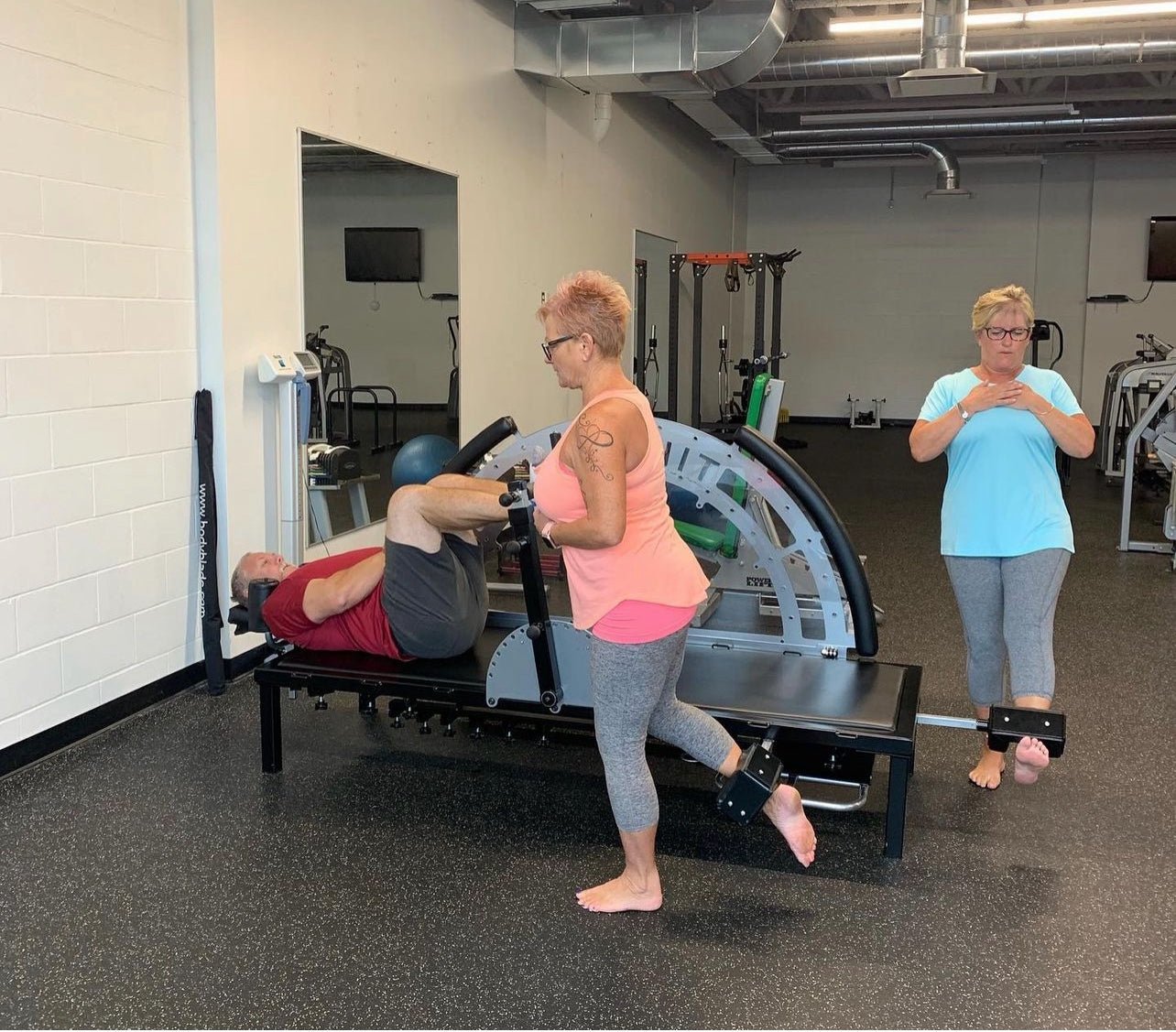Exercise has long been recognized as a powerful non-pharmacological intervention for reducing high blood pressure. Traditional aerobic exercise has been the go-to recommendation for managing hypertension. However, recent research has unveiled a game-changing revelation – isometric strength training is the superior option for lowering blood pressure. Today we looks at the recent research conducted by Edwards et al. This groundbreaking study systematically compared various exercise training modes and concludes isometric exercise training to be the most effective in combating hypertension.
Read the Study Here: Exercise training and resting blood pressure: a large-scale pairwise and network meta-analysis of randomised controlled trials
The research conducted by Edwards et al. in 2023, published in the British Journal of Sports Medicine, aimed to assess the impact of different exercise training modes on resting blood pressure. The study included a massive 270 randomized controlled trials with a total of 15,827 participants. The exercise interventions lasted for a minimum of two weeks, and the trials were conducted between 1990 and February 2023. The exercise modes analyzed in the study were aerobic exercise training, dynamic resistance training, combined training, high-intensity interval training, and isometric exercise training.
The pairwise analyses revealed significant reductions in both systolic blood pressure (SBP) and diastolic blood pressure (DBP) across all exercise modes. However, the network meta-analysis using the surface under the cumulative ranking curve (SUCRA) values demonstrated that isometric exercise training outperformed all other modes with an impressive SUCRA score of 98.3%. The other exercise modes ranked lower, indicating that they were less effective in lowering blood pressure compared to isometrics.
The SUCRA scores serve as a valuable tool for comparing the effectiveness of different exercise modes in lowering blood pressure. In the study the SUCRA scores for each exercise mode were as follows:
1. Isometric exercise training: SUCRA score of 98.3%
2. Combined training: SUCRA score of 75.7%
3. Dynamic resistance training: SUCRA score of 46.1%
4. Aerobic exercise training: SUCRA score of 40.5%
5. High-intensity interval training: SUCRA score of 39.4%
The stark difference in SUCRA scores clearly indicates that isometric exercise training stands head and shoulders above the other modes in terms of effectiveness for lowering blood pressure. With a SUCRA score of 98.3%, isometric exercise training demonstrates a significant advantage over the rest. Combined training, which involves a mix of different exercise modalities, comes in second place with a SUCRA score of 75.7%, but it is still quite far behind isometrics.
Dynamic resistance training, aerobic exercise training, and high-intensity interval training, while showing some effectiveness in reducing blood pressure, fall substantially short when compared to isometrics. Their SUCRA scores of 46.1%, 40.5%, and 39.4%, respectively, indicate that they may not be as potent in managing hypertension as isometric exercise.
The wide disparity in SUCRA scores highlights the superiority of isometric exercise training as the most effective option for lowering blood pressure. These findings underscore the importance of considering isometrics as a primary exercise recommendation in future guidelines for the prevention and treatment of hypertension. By embracing the evidence presented in this study, healthcare professionals and fitness experts can optimize exercise interventions and improve health outcomes for individuals with hypertension.
The significance of this study lies in its potential to shape future exercise guidelines for managing hypertension. Traditionally, aerobic exercise training has been the mainstay recommendation, but this study clearly shows its ineffectiveness at lowering blood pressure and brings to light the efficacy of isometric strength training. By celebrating and promoting the superiority of isometrics, we can impact the lives of hundreds of millions people throughout the world struggling with hypertension.
WATCH: Isometrics for Hypertension
For further information on isometric strength training and its profound impact on functional health and performance, visit our website at www.isophit.com or reach out to me via my email at brad@isophit.com.
Yours in Isometric Strength,
Brad Thorpe
CEO / Inventor
Isophit





![5. 30inThirty™ Strength Series - [15 Printable Programs] - Isophit](http://www.isophit.com/cdn/shop/files/5-30inthirty-strength-series-15-printable-programs-433761.png?v=1728497641&width=1080)




Share:
Isophit: Protect Yourself Against Pain and Muscle Damage
Isophit: There’s a New King of Torque Production. Long Live Isometrics!